Mark Rothko No. 9 1947 Oil on canvas. 17 5/8 x 14 5/8 in. (44.8 x 37.1 cm).
Provenance Betty Parsons New York; Christie’s, New York, Contemporary Art from the Estate of Betty Parsons November 9, 1983, lot 328; Private collection, New York; Jan Krugier Gallery, New York; Ameringer & Avard Fine Art, Inc., New York; Private collection, Switzerland; Gallery Urban, Nagoya-New York-Paris; Sotheby’s, New York, Contemporary Art, November 17, 1992, lot 29; Acquired from the above by the previous owner; Christie’s, New York, Post-War & Contemporary Art Morning Session, November 13, 2008, lot 144; Collection of R. Antonio, New York Exhibited New York, The Betty Parsons Gallery, 1949; New York, Katonah Gallery, Color, February-March 1970; Tokyo, Seibu Museum of Art, Three Decades of American Art Selected by the Whitney Museum, June-July 1976, no. 12 (illustrated) Literature D. Anfam, Mark Rothko The Works on Canvas Catalogue Raisonné, New Haven and London, 1998, p. 283, no. 366 (illustrated) Catalogue Essay Throughout his career Mark Rothko grappled with the timeless issues that have faced humanity-from ecstasy to tragedy. In confronting the full range of human experience, Rothko granted the world a universal visual language of emotion. Evolving out of his explorations of ancient narratives suffused with surrealism, Rothko’s work in the later part of the 1940s began to acquire the qualities that would firmly plant him in the pantheon of 20th century art history. Rothko constructed compositions from earlier in the decade out fine, wispy forms that alluded to his interpretation of classical myths. “I think of my pictures as dramas: the shapes in the pictures are the performers. They have been created from the need for a group of actors who are to move dramatically without embarrassment and execute gestures without shame.” By 1947 those techniques gave way to an approach that incorporated broader swaths of color, executed with increasing assertion. As if the delicate forms which represented a type of stage actor for Rothko, began to take on more substantial physical form, morphing from archetypes to characters. Rothko describes the increasing autonomy that the shapes in his work began to acquire in an essay written in 1947. “On shapes: They are unique elements in a unique situation. They are organisms with volition and a passion for self-assertion. They move with internal freedom, and without need to conform with of to violate what is probable in a familiar world. They have no direct association with any particular visible experience, but in them one recognizes the principle and passion of organisms.” The extension of free will, a quasi-human characteristic to his forms carried substantial weight for Rothko. With this insight and how he executed it in No. 9 specifically, we witness the birth of Rothko’s mature style, where color takes center stage. In his second one man exhibition with Betty Parsons held in the spring of 1949, Rothko included No. 9. Opening to positive critical response, reviews described the work as producing a “savage, rhetorical impact” and that the paintings did “not imitate anything in the world”. Of the eleven works in the show only three have been identified. Untitled, 1947 in the Collection of the Solomon R. Guggenheim Museum and No.9, 1948 in the Collection of the National Gallery of Art in Washington. No.9, 1947 is the only work positively identified as having been in the show and also in private hands. David Anfam, author of the Catalogue Raisonne of the Works on Canvas, identifies the “special importance” of a “promise of things to come” that No. 9 represents within this seminal body of work. Postulating that Rothko may have considered it a “breakthrough,” Anfam singles out the work as “sketching out…innovations that expand into the climactic works of 1949.” Among the most striking of these developments, is Rothko’s dramatic use of a vibrant orange ground accented with yellow and red. No. 9 is first use of these colors in combination. Rothko would continue to explore this palette in s
Mark Rothko No. 9 1947 Oil on canvas. 17 5/8 x 14 5/8 in. (44.8 x 37.1 cm).
Provenance Betty Parsons New York; Christie’s, New York, Contemporary Art from the Estate of Betty Parsons November 9, 1983, lot 328; Private collection, New York; Jan Krugier Gallery, New York; Ameringer & Avard Fine Art, Inc., New York; Private collection, Switzerland; Gallery Urban, Nagoya-New York-Paris; Sotheby’s, New York, Contemporary Art, November 17, 1992, lot 29; Acquired from the above by the previous owner; Christie’s, New York, Post-War & Contemporary Art Morning Session, November 13, 2008, lot 144; Collection of R. Antonio, New York Exhibited New York, The Betty Parsons Gallery, 1949; New York, Katonah Gallery, Color, February-March 1970; Tokyo, Seibu Museum of Art, Three Decades of American Art Selected by the Whitney Museum, June-July 1976, no. 12 (illustrated) Literature D. Anfam, Mark Rothko The Works on Canvas Catalogue Raisonné, New Haven and London, 1998, p. 283, no. 366 (illustrated) Catalogue Essay Throughout his career Mark Rothko grappled with the timeless issues that have faced humanity-from ecstasy to tragedy. In confronting the full range of human experience, Rothko granted the world a universal visual language of emotion. Evolving out of his explorations of ancient narratives suffused with surrealism, Rothko’s work in the later part of the 1940s began to acquire the qualities that would firmly plant him in the pantheon of 20th century art history. Rothko constructed compositions from earlier in the decade out fine, wispy forms that alluded to his interpretation of classical myths. “I think of my pictures as dramas: the shapes in the pictures are the performers. They have been created from the need for a group of actors who are to move dramatically without embarrassment and execute gestures without shame.” By 1947 those techniques gave way to an approach that incorporated broader swaths of color, executed with increasing assertion. As if the delicate forms which represented a type of stage actor for Rothko, began to take on more substantial physical form, morphing from archetypes to characters. Rothko describes the increasing autonomy that the shapes in his work began to acquire in an essay written in 1947. “On shapes: They are unique elements in a unique situation. They are organisms with volition and a passion for self-assertion. They move with internal freedom, and without need to conform with of to violate what is probable in a familiar world. They have no direct association with any particular visible experience, but in them one recognizes the principle and passion of organisms.” The extension of free will, a quasi-human characteristic to his forms carried substantial weight for Rothko. With this insight and how he executed it in No. 9 specifically, we witness the birth of Rothko’s mature style, where color takes center stage. In his second one man exhibition with Betty Parsons held in the spring of 1949, Rothko included No. 9. Opening to positive critical response, reviews described the work as producing a “savage, rhetorical impact” and that the paintings did “not imitate anything in the world”. Of the eleven works in the show only three have been identified. Untitled, 1947 in the Collection of the Solomon R. Guggenheim Museum and No.9, 1948 in the Collection of the National Gallery of Art in Washington. No.9, 1947 is the only work positively identified as having been in the show and also in private hands. David Anfam, author of the Catalogue Raisonne of the Works on Canvas, identifies the “special importance” of a “promise of things to come” that No. 9 represents within this seminal body of work. Postulating that Rothko may have considered it a “breakthrough,” Anfam singles out the work as “sketching out…innovations that expand into the climactic works of 1949.” Among the most striking of these developments, is Rothko’s dramatic use of a vibrant orange ground accented with yellow and red. No. 9 is first use of these colors in combination. Rothko would continue to explore this palette in s
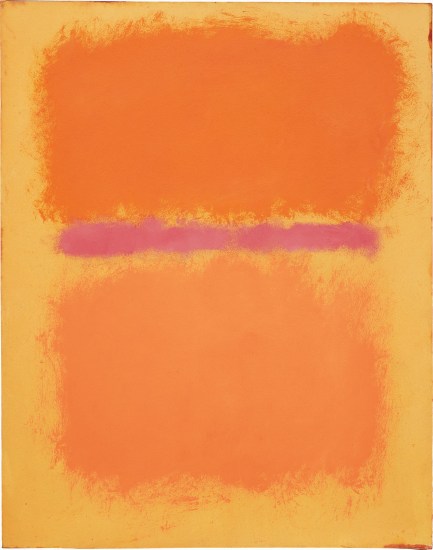

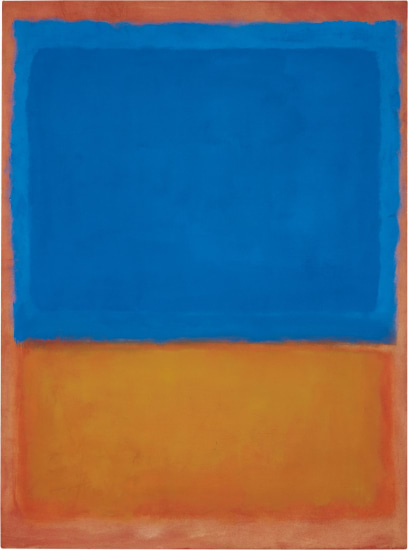
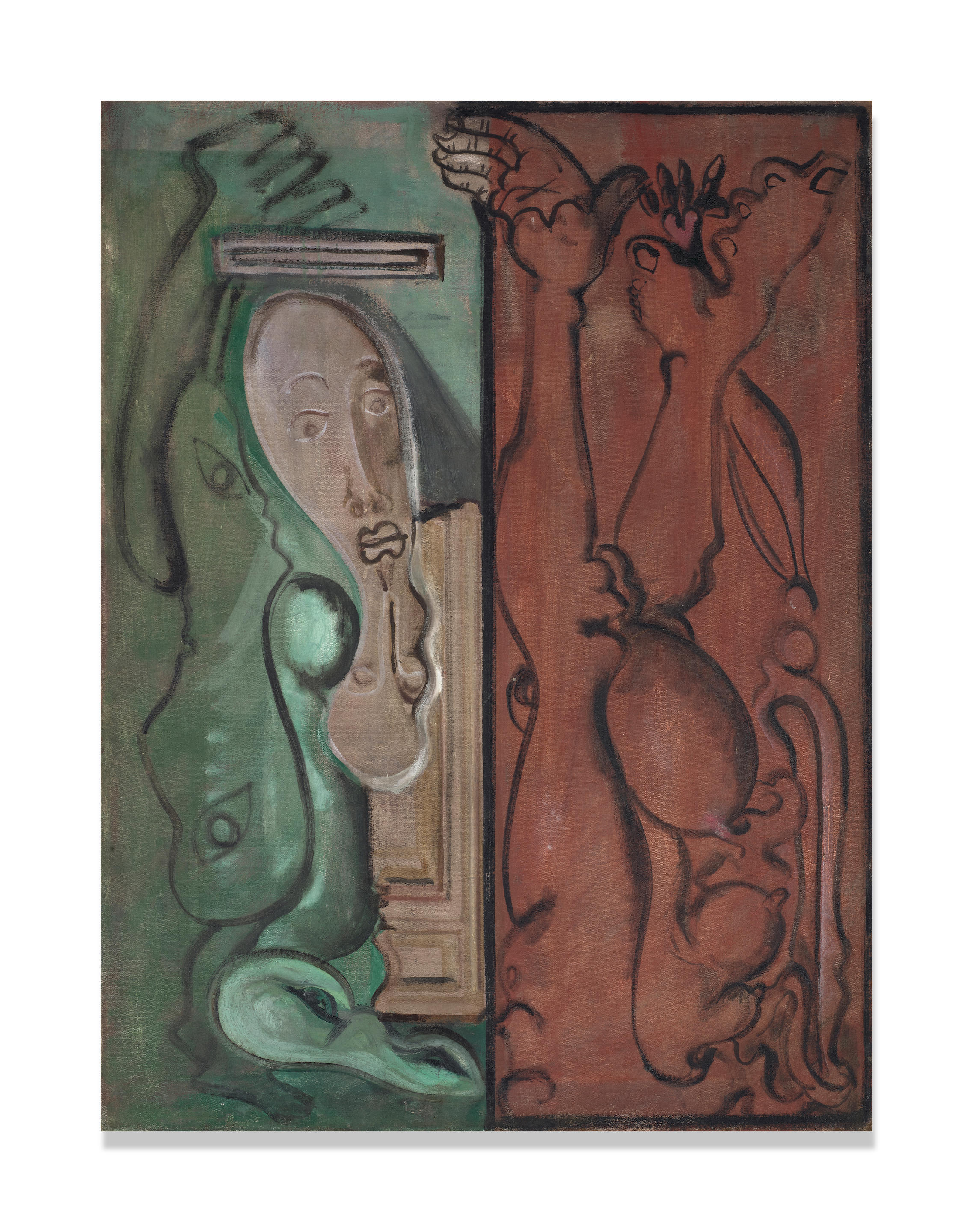
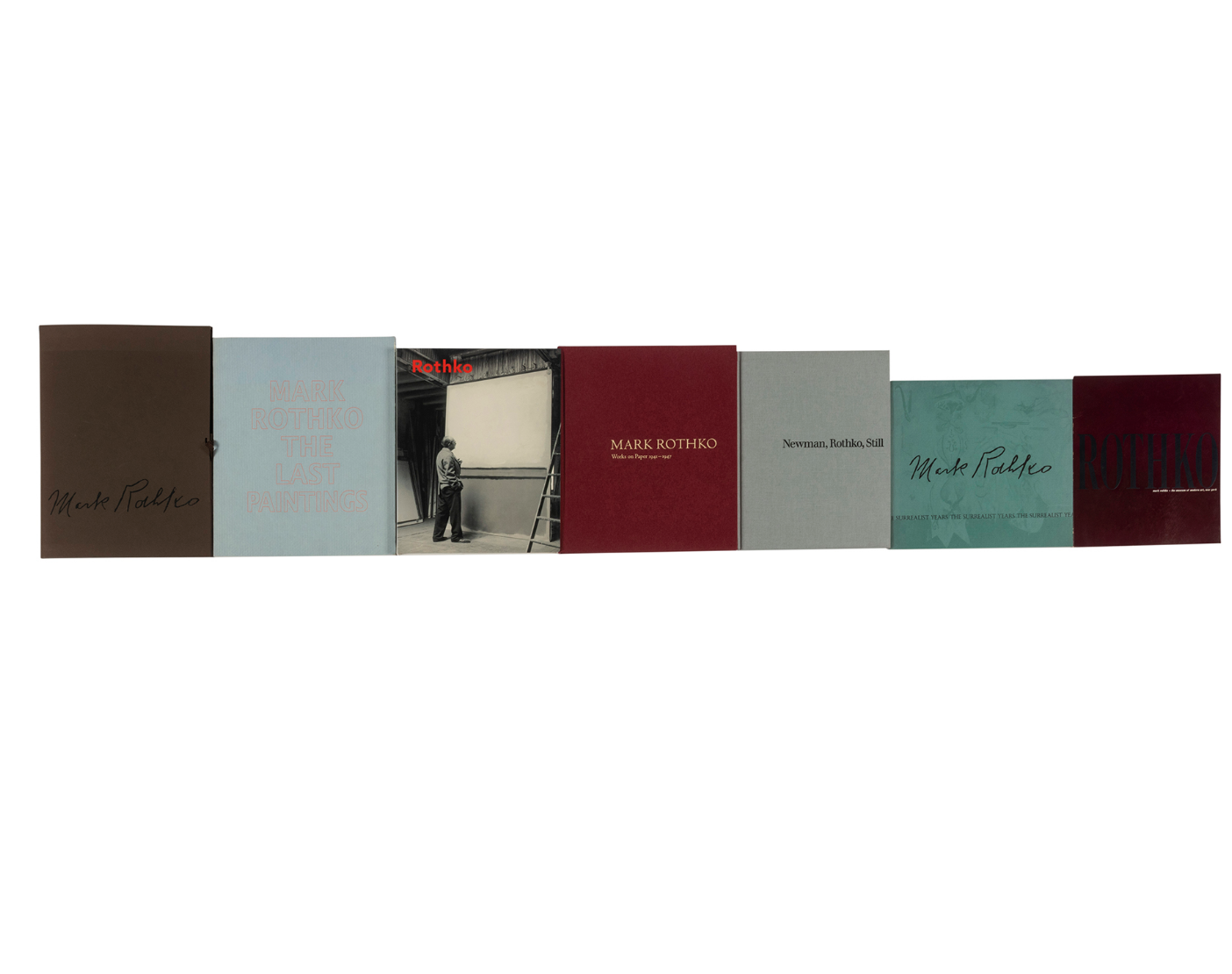
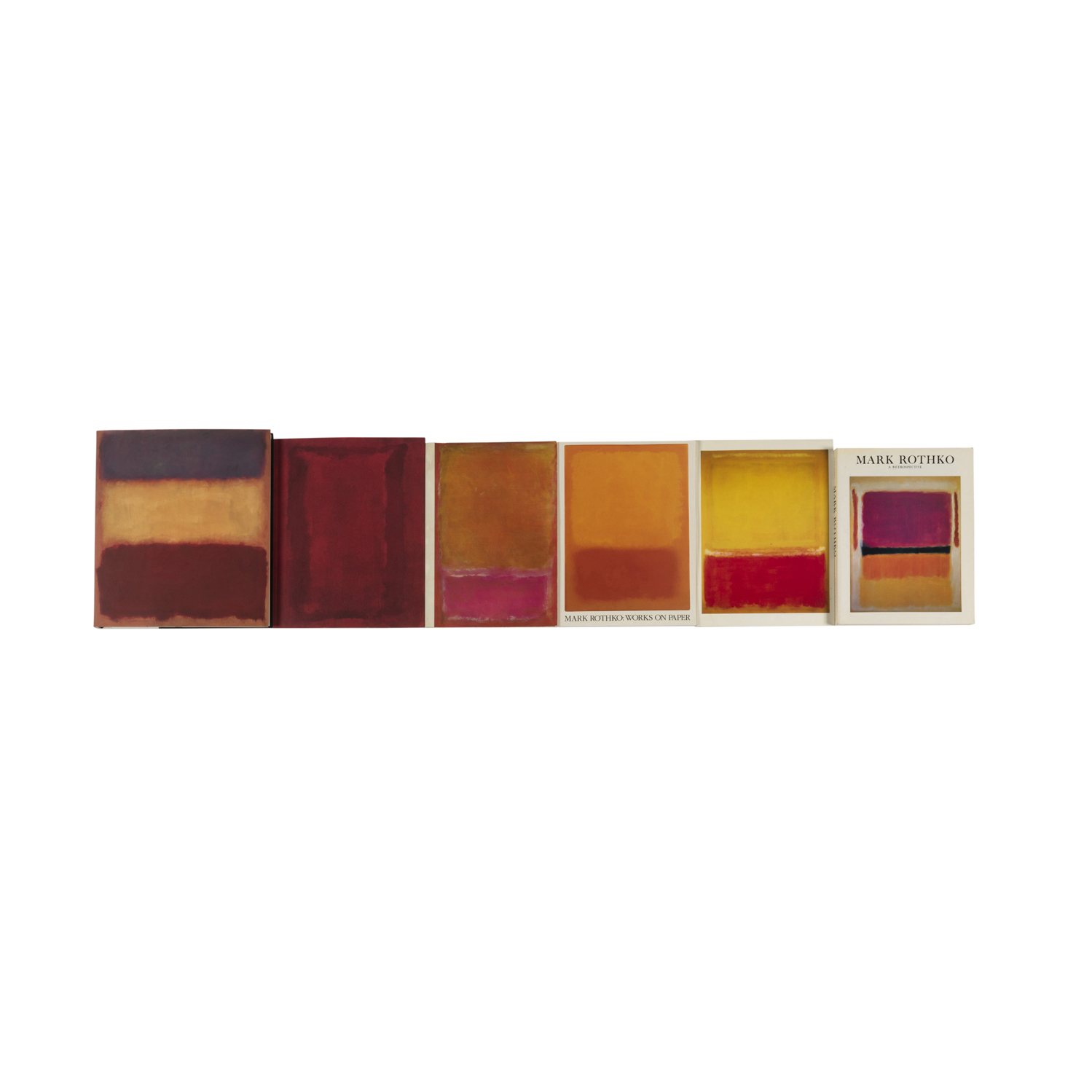
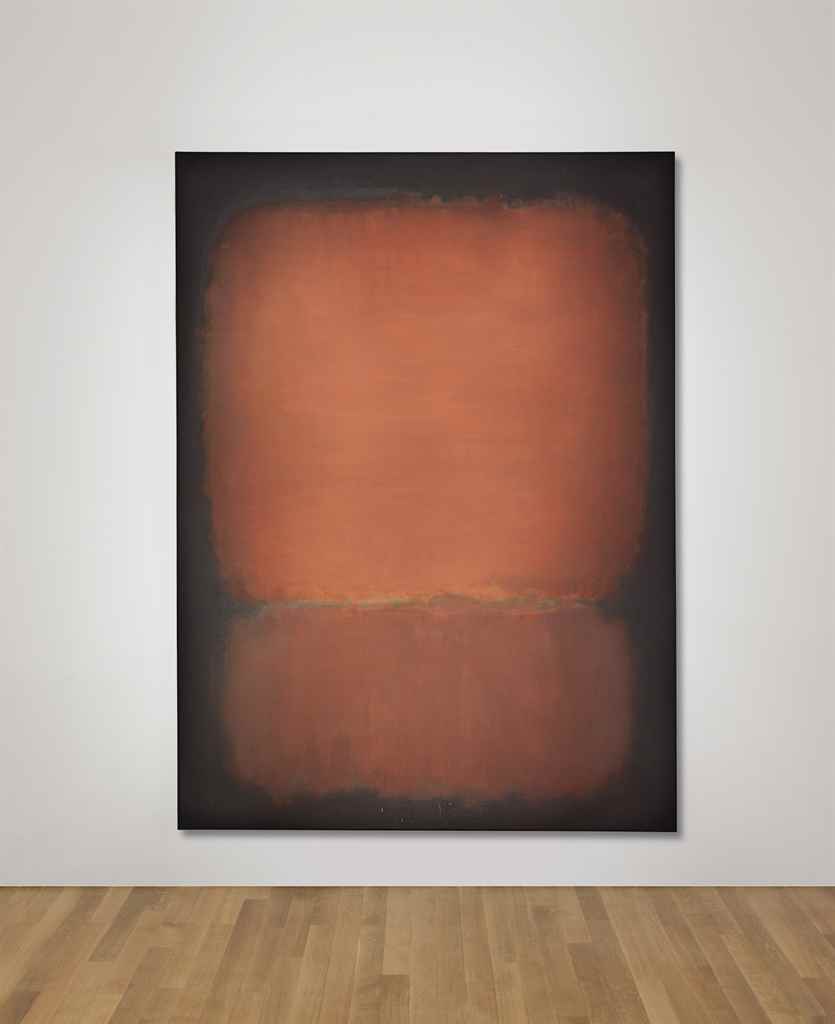
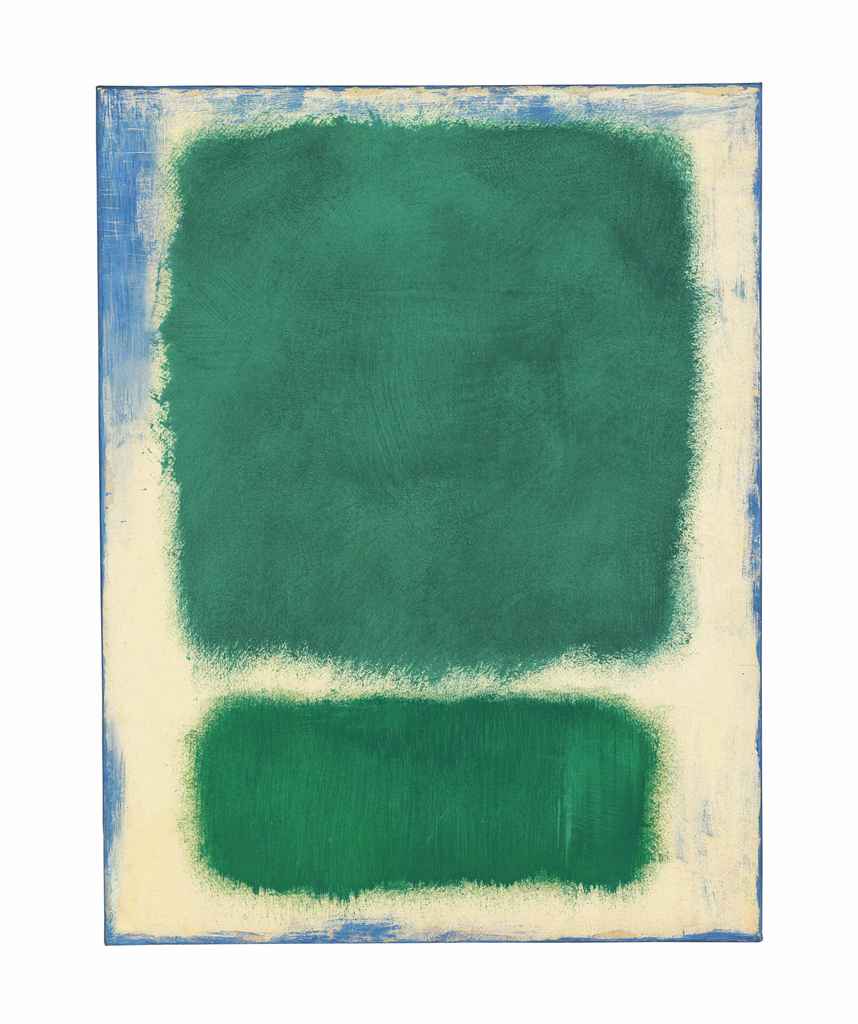
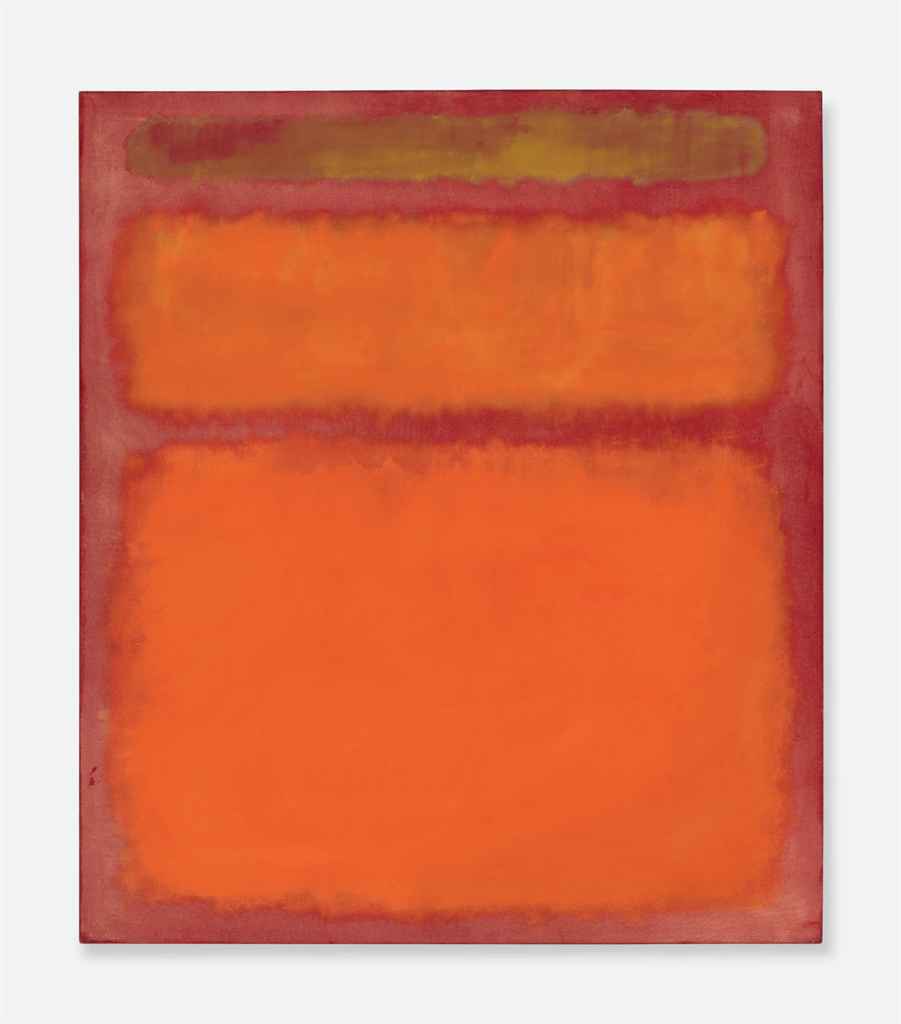



.jpg)
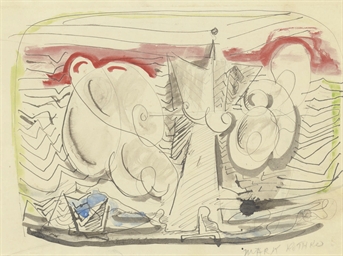
Testen Sie LotSearch und seine Premium-Features 7 Tage - ohne Kosten!
Lassen Sie sich automatisch über neue Objekte in kommenden Auktionen benachrichtigen.
Suchauftrag anlegen